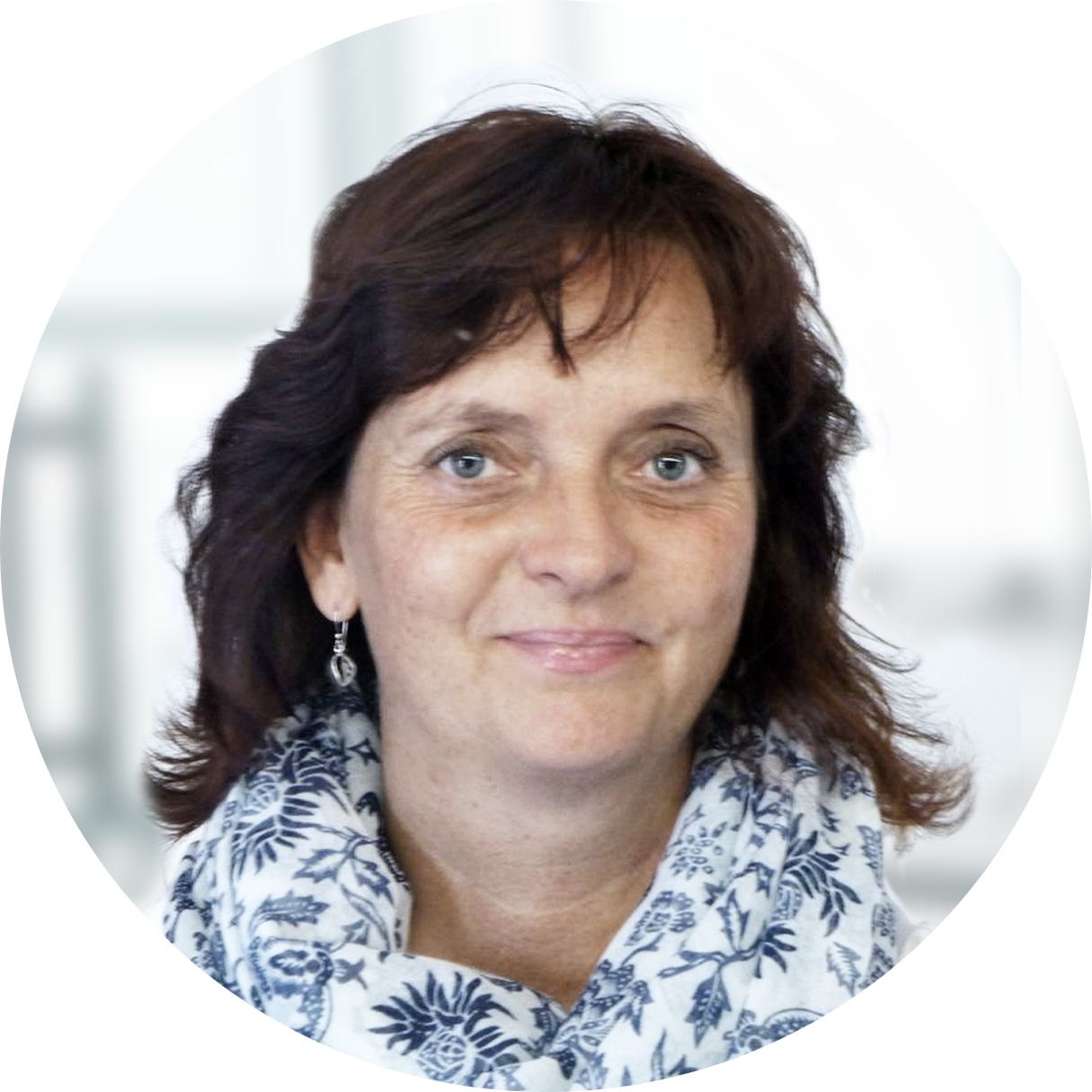Stories – Trends & Technologies
It all comes down to methodology
The further development of these foundational methodologies is the central focus of Empa’s Center for X-Ray Analytics. Here at the Center, combining different x-ray techniques has helped Empa’s research team and numerous industrial partners to analyse ever smaller structures and even observe dynamic processes in real time. In addition to a great deal of know-how, technological progress is also key: more precise detectors, more powerful x-ray equipment, faster processors, better software for data analysis. “Thirty years ago, I wouldn’t have dreamed that we would someday be able to see and analyze molecular interactions in real time,” Antonia Neels marvels. During her time as a doctoral student, it would take her up to five days to complete one crystal structure analysis. This is another reason why Neels soon became interested not only in crystals and other materials, but also in the methodology for studying them.
It was this interest that in 2008 led the native of Berlin, Germany, to the Centre Suisse d’Electronique et de Microtechnique (CSEM) in Neuchâtel – a defining career move away from basic academic research and toward applied materials research. Under Professor Alex Dommann, she set up an x-ray laboratory at CSEM to non-destructively examine and test defects and stresses in semiconductor materials and devices – for example, in pressure sensors. In 2014, with a similar mission, she took over as head of Empa’s Center for X-Ray Analytics. With scientists from various disciplines, she developed a lab that combines methods of x-ray diffraction and scattering with high-resolution imaging techniques, making it unique in Europe today.
Humans and materials
Especially for the semiconductor industry, where non-destructive methods of investigating crystal structures like silicon are crucial, this combination of techniques makes sense. “Crystallography for evaluating strains and defects in combination with morphology, i.e., with the visualization of possible voids and cracks, holds great potential for a better understanding of the processes in semiconductor materials and devices,” says Antonia Neels.
A core interest of the Center for X-ray Analytics is related to the life sciences, a field where it continually explores the interface between humans and materials. For example, when active pharmaceutical compounds encounter human cells, this results in molecular reactions, or biodynamic processes. In clinical trials, investigators want to understand how and where exactly an active ingredient works. And it is precisely here – in the observation of dynamic processes on the nanometer scale and in real time – that modern x-ray analysis develops its full potential.
How Comet is exploring for a better future.


